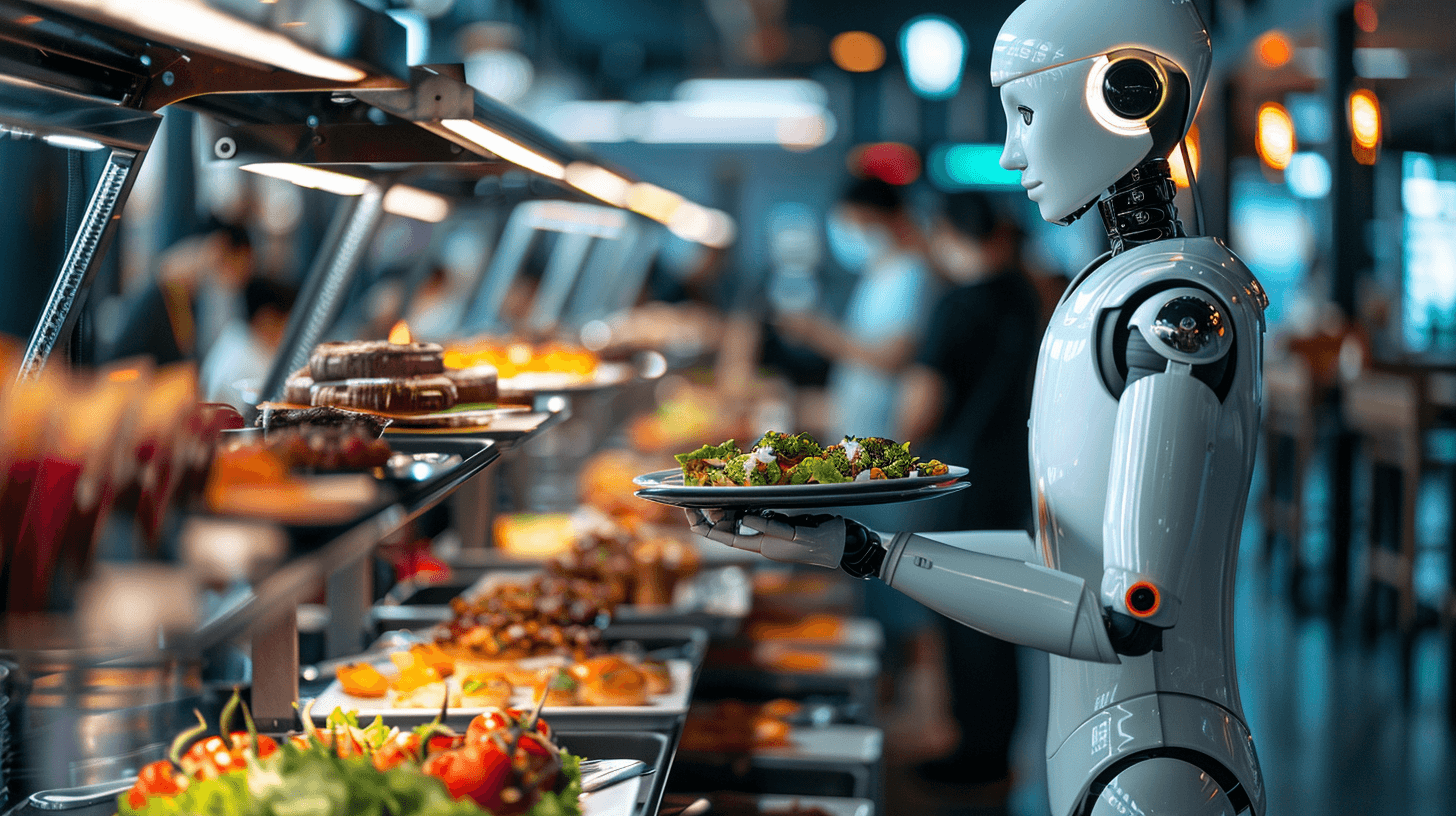
September 17th, 2024
In today’s highly competitive restaurant industry, standing out requires more than just great food – it demands operational efficiency, personalized customer experiences, and data-driven decisions. Artificial intelligence (AI) is rapidly transforming the way restaurants operate, providing tools to increase sales and enhance profitability. According to a report by McKinsey, restaurants that implement AI-driven solutions can reduce operating costs by up to 15%.
With the global AI in food service market projected to reach $311 billion by 2033, it’s clear that leveraging AI is no longer optional but essential for growth. In this article, we’ll explore 10 practical ways AI can help you boost your restaurant’s bottom line and stay ahead in a fast-changing industry.
Personalized marketing is a powerful way to increase customer loyalty and drive higher sales in the restaurant industry. By leveraging AI to analyze customer preferences, dining habits, and order history, restaurants can create targeted promotions and offers that resonate with each individual a. This not only enhances the customer experience but also encourages repeat visits and higher spending per order. According to a study by Epsilon, 80% of consumers are more likely to make a purchase when brands offer personalized experiences, and personalized marketing can boost revenue by up to 15%.
AI-powered tools can help restaurants send tailored offers, such as discounts on a favourite dish or exclusive deals for loyal customers, directly to their phones or email. Restaurants that embrace this approach have seen a significant rise in customer engagement. For example, Domino’s, which uses AI-driven personalized promotions, reported a 5.1% increase in same-store sales in 2022. This shows that by tapping into customer data and delivering relevant promotions, restaurants can significantly increase their average order value and foster stronger customer relationships.
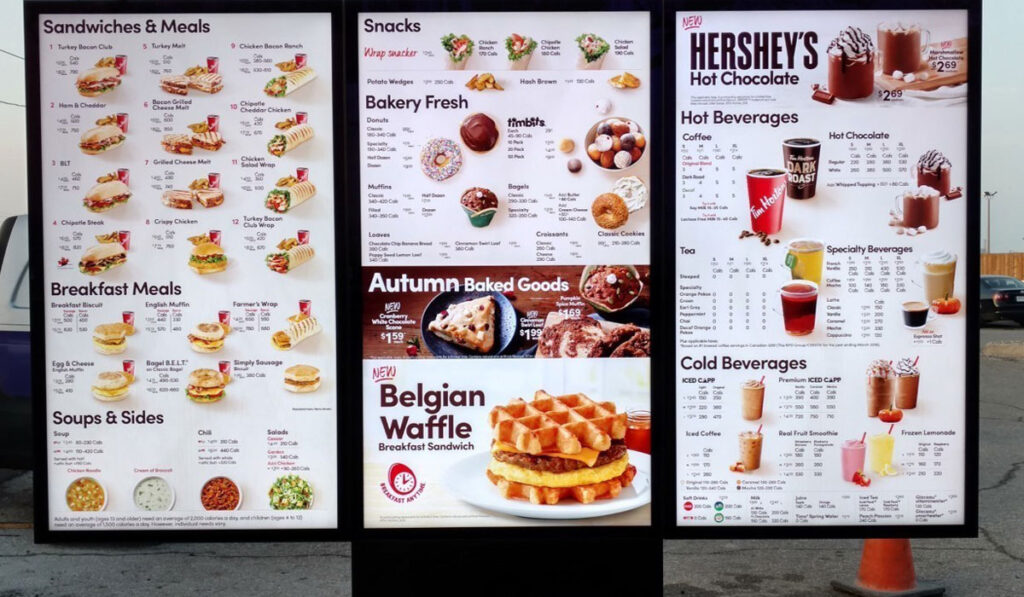
Dynamic pricing is an AI-driven strategy that allows restaurants to adjust menu prices based on demand, time of day, local events, or even weather conditions. By analyzing these factors in real-time, AI tools can recommend price increases during peak hours or offer discounts during slower periods to attract more customers. This approach helps restaurants maximize revenue when demand is high while still maintaining a steady flow of business during quieter times. According to Deloitte, businesses that adopt dynamic pricing strategies see an average revenue increase of 2-5%, with the potential for even greater gains in high-demand settings.
For example, restaurants located near event venues can raise prices during concerts or sporting events when foot traffic increases. Conversely, during mid-afternoon lulls, AI can suggest offering limited-time discounts to attract customers who might otherwise not visit. Uber Eats has already implemented dynamic pricing, adjusting delivery fees based on demand fluctuations, and restaurants can leverage similar tactics to improve profitability. With AI continuously monitoring trends and consumer behavior, dynamic pricing enables restaurants to optimize their pricing strategy, ensuring that they capitalize on peak times while driving more business during off-peak hours.
AI-powered staff scheduling allows restaurants to optimize labour costs by accurately predicting customer flow and aligning staffing levels with demand. Traditional scheduling often leads to overstaffing during slow periods or understaffing during busy times, which either increases labor costs or compromises service quality. AI tools analyze historical sales data, weather conditions, local events, and even social media trends to forecast demand patterns, enabling managers to create smarter schedules. According to a study, restaurants using AI for scheduling can reduce labor costs by up to 10%, all while maintaining optimal service levels during peak hours.
By automating the scheduling process, AI ensures that the right number of staff members are working at the right times, which reduces labour inefficiencies. For instance, if a restaurant is expected to be busy due to a major local event, AI can recommend increasing staff to handle the surge, ensuring shorter wait times and better customer service. Conversely, it can reduce staff during slower periods to avoid unnecessary payroll expenses. Starbucks, which implemented AI scheduling in its stores, saw a significant reduction in labor costs while improving employee satisfaction by ensuring fairer, more predictable work hours. With AI-driven scheduling, restaurants can maintain high service quality without overspending on labor, leading to improved margins and happier staff.
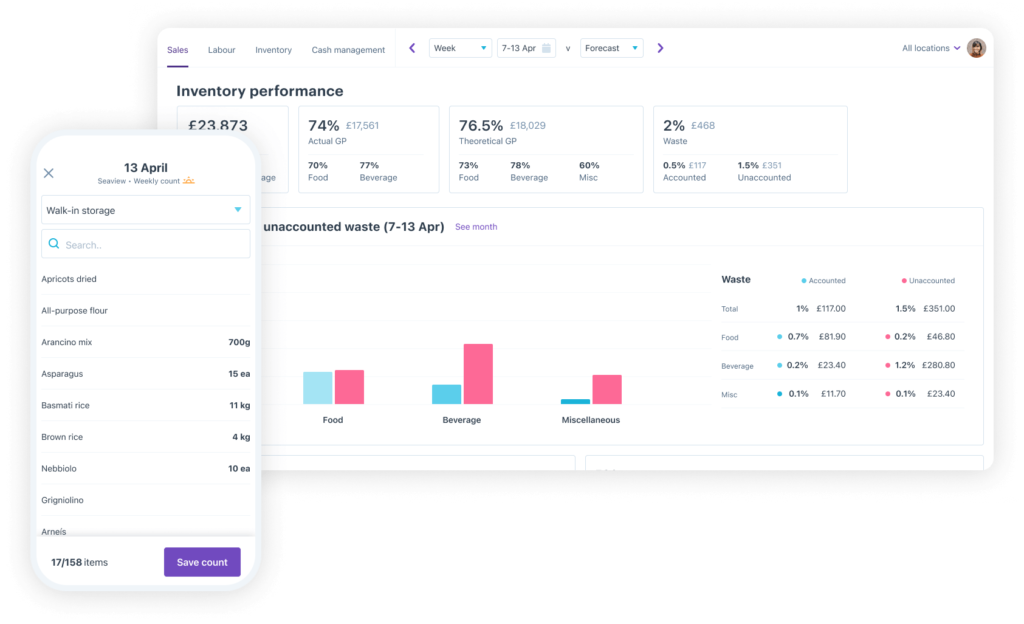
AI-powered inventory management helps restaurants streamline operations by accurately predicting demand and automating the ordering process, significantly reducing food waste and cutting costs. Traditional methods of inventory management often rely on manual tracking and historical data, which can result in overstocking or understocking. AI tools, however, use real-time data, seasonal trends, and local factors such as weather and holidays to forecast demand with greater precision. According to a report by the National Restaurant Association, food waste can cost restaurants up to 10% of their overall food costs. By implementing AI-driven inventory systems, restaurants can reduce waste by up to 20%, leading to significant savings.
These systems can automatically adjust order quantities based on predicted demand, ensuring that restaurants only stock what they need. For example, if AI detects a higher demand for specific ingredients on weekends or holidays, it will increase stock levels accordingly, preventing shortages. It can also reduce orders for perishable goods during slower periods to avoid spoilage. Chipotle, which has embraced AI for inventory management, reported a 4% reduction in food waste and a notable decrease in supply chain inefficiencies. With AI managing inventory, restaurants can optimize their stock levels, reduce costs, and ensure that fresh ingredients are always available, ultimately improving profit margins.
Menu engineering is the strategic process of analyzing sales data to optimize a restaurant’s menu, focusing on high-margin and popular items to drive profitability. AI plays a crucial role in this by analyzing patterns in customer orders, identifying the best-performing dishes, and highlighting underperforming items. By understanding which dishes contribute most to profits and which incur higher costs, restaurants can make data-driven decisions on what to promote, rework, or remove. According to Doordash, effective menu engineering can increase a restaurant’s profits by 10-15%, making it a powerful tool for improving margins.
AI-powered tools can analyze not only which dishes are popular but also their profitability, factoring in ingredient costs and preparation times. For example, a restaurant may find that a particular appetizer is frequently ordered but offers a lower profit margin due to high ingredient costs. AI can recommend adjusting the pricing, portion size, or swapping out costly ingredients to improve profitability. Conversely, high-margin items that may not be as popular can be featured more prominently on the menu or in marketing campaigns to encourage sales. Taco Bell, for instance, used AI to analyze customer data and redesigned its menu to focus on high-margin items, which helped boost its profit margins.
Implementing AI-driven chatbots and voice assistants can significantly enhance the customer experience by providing efficient, around-the-clock service and facilitating seamless interactions. Chatbots can handle a variety of tasks, from answering frequently asked questions to taking reservations and processing orders without human input. This not only reduces wait times but also allows staff to focus on more complex tasks, improving overall efficiency. A study by Juniper Research found that chatbots are expected to handle 75-90% of customer service inquiries by 2025 in multiple industries, highlighting their growing role in enhancing customer service.
Voice assistants streamline the ordering process by enabling customers to place orders using simple voice commands, making the process faster and more convenient. AI-driven solutions like these not only increase customer satisfaction but also boost order sizes, as they make it easier for customers to add items or modify their orders on the fly. Starbucks saw a 16% increase in monthly revenue per user that used voice ordering.
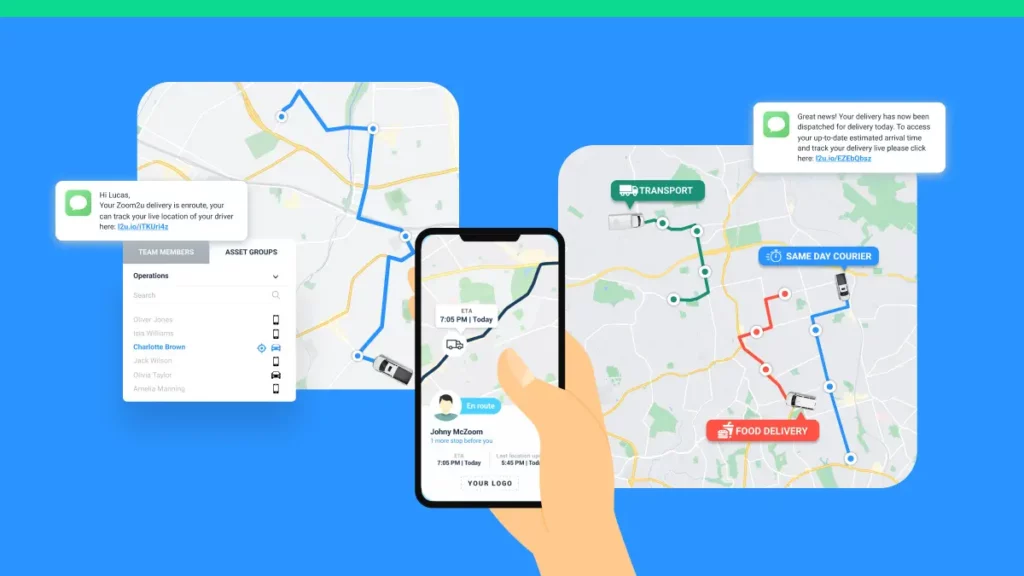
AI-driven delivery route optimization allows restaurants to streamline their delivery operations by identifying the most efficient routes in real time. By analyzing factors such as traffic patterns, weather conditions, and customer locations, AI can determine the fastest and most fuel-efficient routes for delivery drivers. This not only reduces fuel costs but also ensures that orders arrive on time, improving customer satisfaction. According to a study by Geotab, businesses that use AI for route optimization can reduce fuel consumption by up to 20%, while delivery times can improve by 15-30%.
For restaurants that offer delivery services, especially during peak times, ensuring timely deliveries is critical to maintaining customer loyalty. AI can dynamically adjust routes based on real-time traffic updates, helping drivers avoid delays and reducing the risk of late deliveries. Domino’s Pizza, for example, uses AI to optimize delivery routes and has reported significant improvements in delivery times, which has contributed to better customer retention and increased repeat orders.
Predictive analytics leverages AI to forecast busy periods and sales trends, allowing restaurants to prepare in advance and optimize their operations. By analyzing historical data, seasonal patterns, and external factors such as weather and local events, AI can predict future demand with high accuracy. This foresight enables restaurants to adjust staffing levels, inventory, and marketing efforts proactively. According to a report by IBM, businesses that use predictive analytics can reduce operational costs by up to 20% and improve forecasting accuracy by 30%, significantly enhancing their ability to manage resources efficiently.
For instance, AI can forecast peak times based on previous sales data, allowing restaurants to schedule staff more effectively and reduce labour costs during quieter periods. Similarly, it helps in inventory management by predicting which ingredients will be in higher demand, preventing overstocking or stockouts. Chipotle, which employs predictive analytics for inventory and staffing, has reported a notable reduction in operational costs and waste.
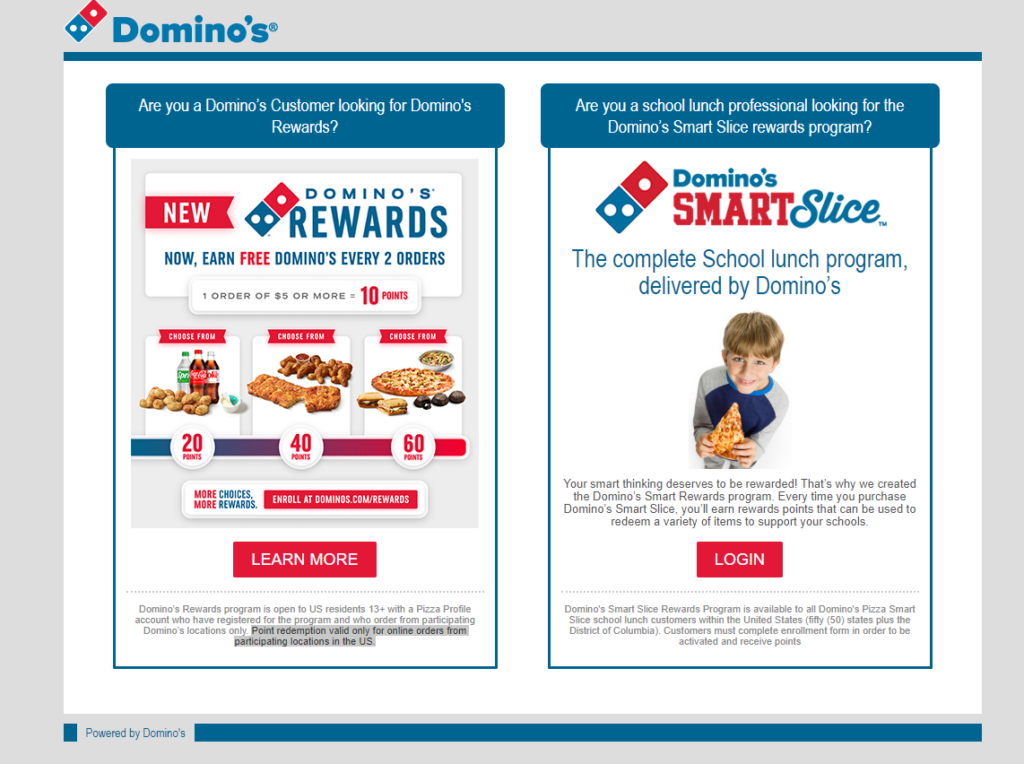
AI-powered loyalty programs offer a sophisticated approach to retaining customers and boosting their lifetime value through personalized rewards and targeted incentives. By analyzing customer data such as purchase history, preferences, and behavior patterns, AI can craft tailored loyalty programs that resonate with individual customers. This personalization ensures that rewards are relevant and enticing, which can significantly enhance customer engagement, increase average order value and frequency. According to a report by Accenture, 77% of consumers are more likely to engage with a brand that offers personalized loyalty rewards.
AI also streamlines the management of these programs, automating the tracking of customer interactions and rewarding redemptions. This efficiency reduces the administrative burden on staff and minimizes the risk of errors. For example, Starbucks uses an AI-driven loyalty program that tracks customer preferences and provides tailored offers, resulting in a 20% increase in repeat visits and a 10% increase in average transaction value.
Automated food preparation systems are revolutionizing restaurant kitchens by reducing labor costs, increasing operational efficiency, and maintaining consistent food quality. These AI-driven systems can handle tasks such as chopping, mixing, and cooking with precision and speed, minimizing the need for manual labor. For instance, robotic kitchen assistants can automate repetitive tasks, allowing human staff to focus on more complex cooking processes. According to a report by the National Restaurant Association, restaurants that adopt kitchen automation see an average reduction in labor costs of up to 20%.
Automated food preparation ensures consistency in food quality by following precise recipes and cooking times. This reduces the variability in dishes and enhances the overall dining experience. For example, the robotic kitchen system used by CaliBurger can prepare burgers with uniformity and speed, contributing to a 30% increase in kitchen efficiency and a notable reduction in order preparation times. By implementing AI-driven kitchen automation, restaurants can improve service speed, reduce costs associated with human error, and deliver high-quality, consistent meals that meet customer expectations, ultimately driving greater customer satisfaction and operational success.
Incorporating AI into your restaurant’s operations isn’t just about keeping up with the trends – it’s about driving profitability and staying competitive in a rapidly evolving industry. From optimizing menu design and reducing waste to enhancing customer experiences with personalized marketing and efficient delivery, AI can provide significant improvements in both revenue and cost management. By adopting AI-driven strategies, restaurants can boost their margins, foster customer loyalty, and position themselves for long-term success. The future of dining is digital, and those who embrace AI early will reap the rewards.
Many restaurants are using AI, including major chains like Domino’s, which uses AI for personalized marketing and delivery optimization, and Starbucks, which leverages AI for personalized loyalty programs and predictive analytics. Chains like CaliBurger and McDonald’s are incorporating kitchen automation and AI-driven customer service tools.
Restaurants use robots for various tasks such as food preparation, cooking, and even serving, with examples including robotic systems for flipping burgers, assembling pizzas, and delivering orders, which help increase efficiency, consistency, and reduce labor costs.
Yes, AI can help reduce food waste in restaurants by predicting demand more accurately, optimizing inventory management, and automating ordering processes to minimize overstocking and spoilage.
AI helps food delivery by optimizing delivery routes for efficiency, predicting peak demand times to ensure timely deliveries, and enhancing order accuracy through automated systems, ultimately reducing costs and improving customer satisfaction.